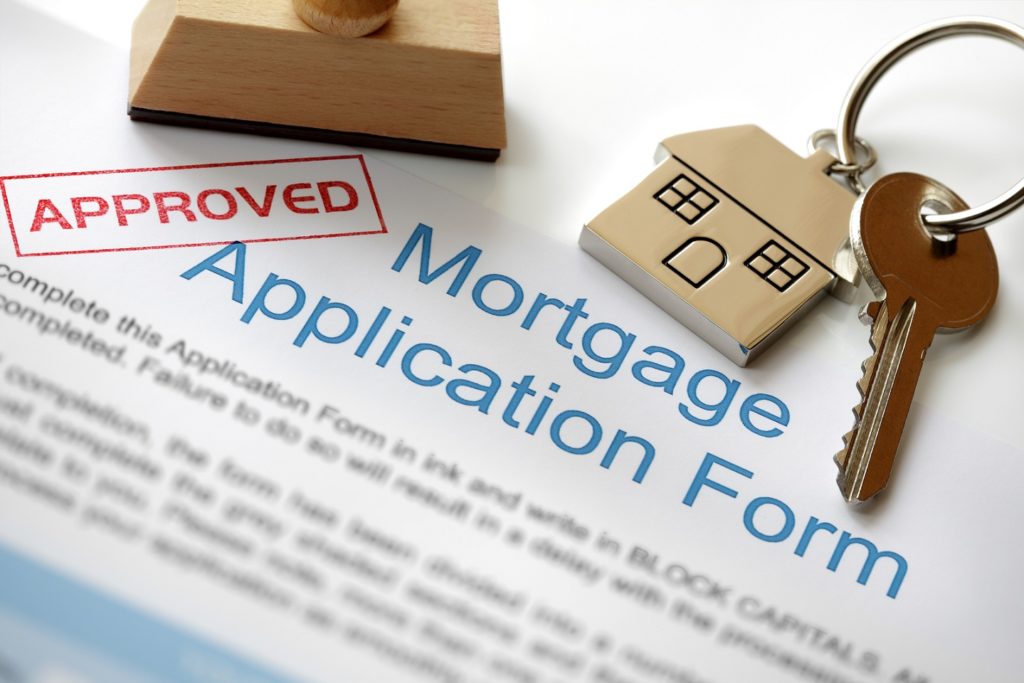-
Taking out a mortgage can be a scary prospect. Now imagine if one of the household’s breadwinners dies. How will you make the payments?
Mortgage protection insurance covers this potential financial disaster. You can purchase a policy when you first buy your home. Often you must buy it within a certain time period after closing escrow, generally up to 13 or 24 months. However, some companies may allow up to as much as five years.
The idea behind mortgage protection insurance is straightforward: You pay a premium, which remains the same for the duration of the policy. If you die during that time, the insurance pays out your death benefit.
“Mortgage protection insurance is a life insurance program that gives you special benefits because you have a mortgage,” says Andy Albright, president, and CEO of National Agents Alliance, the largest mortgage insurance broker in the nation.
The type of death benefit you receive depends on the type of policy you purchase. Mortgage protection insurance has evolved, Albright says. It used to be that your death benefit would be the outstanding balance on your mortgage. But today, most mortgage insurance policies are designed to pay out the full amount of your original mortgage, no matter how much you owe. For example, let’s say your mortgage was $100,000 at the time you purchased your 30-year policy. If you die 10 years later, your insurer will still cut your beneficiary a check for $100,000 — even if you now owe $67,000 on the home.
The beneficiary can use the money for anything — to pay off the mortgage in one lump sum, make car payments or put the money in the bank. If you pay off your mortgage early, you keep the coverage until the term of your policy expires. Some insurers will allow you to turn that mortgage insurance into a life insurance policy, Albright says.
How mortgage insurance is priced
Insurance companies consider things like your age, if you smoke and the principal amount of the mortgage (many insurers do not count smoking cigars or dipping tobacco). Also, you may not need to take a physical exam to buy mortgage protection insurance, depending on the insurer.
“It opens the window to get life insurance without having to jump through all the hoops,” Albright says.
The national average for a mortgage amount is $120,000, Albright says. Assuming that’s your mortgage, you would pay roughly $50 a month for a bare minimum policy. If you want to add riders (such as “return of premium” or living benefits), you may pay around $150 a month. Out of roughly 70 million homeowners in America, only about 2 percent have mortgage insurance, Albright says.
Some insurance companies may require your policy be reissued if you refinance your mortgage, but it’s not the norm, Albright says. That would probably be the case if you bought a policy that pays out only the balance left on your mortgage.
You may also purchase mortgage protection insurance that provides joint coverage for both you and your spouse. This means the death benefit will be paid when either of you dies. The premium for such joint coverage may be lower than what you’d pay for two individual term life insurance policies.
Alternatives to mortgage protection insurance
Term life or permanent life insurance are alternatives to mortgage insurance. While most mortgage protection insurance policies today are similar to term life policies because the death benefit could be used to pay the mortgage, funeral expenses, education costs or anything else, you can purchase larger amounts of life insurance. With mortgage insurance protection, your death benefit will likely be capped at your initial mortgage amount. (You may be able to purchase more, up to 20 percent of your mortgage amount.)
The advantage to purchasing mortgage protection insurance is that it may be cheaper than life insurance and you may not be required to undergo a medical exam.
Don’t confuse mortgage insurance with PMI
If you’ve purchased a home with less than 20 percent down, your lender probably required you to purchase “private mortgage insurance,” or PMI.
While mortgage protection insurance will pay off your loan when you die, PMI is intended to cover a portion of your loan if you default and the benefit is paid to your lender, not your family. PMI is designed to reduce the risk faced by lenders. PMI might make it easier for you to get a mortgage, but you need another form of life insurance to guarantee your loan can be paid off should you die.
-
Contact Us For A Free Consultation

